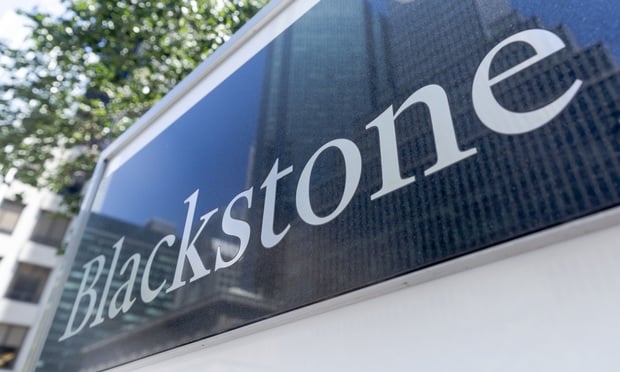Multifamily will likely experience little distress this year, despite a deceleration in debt origination since the beginning of 2022.
Activity has "gradually decelerated" since Q1 2022, the second-best quarter on record for debt originations, according to an analysis from Newmark, which also notes that "preliminary loan figures overstate the severity of the slowdown" in Q4.
"The year-over-year comparison is severe, but the fourth quarter of 2021 was a very high bar to match," the new report notes. "Projected volumes for the fourth quarter of 2022 are still the third-best fourth-quarter performance."
Recommended For You
Want to continue reading?
Become a Free ALM Digital Reader.
Once you are an ALM Digital Member, you’ll receive:
- Breaking commercial real estate news and analysis, on-site and via our newsletters and custom alerts
- Educational webcasts, white papers, and ebooks from industry thought leaders
- Critical coverage of the property casualty insurance and financial advisory markets on our other ALM sites, PropertyCasualty360 and ThinkAdvisor
Already have an account? Sign In Now
*May exclude premium content© 2025 ALM Global, LLC, All Rights Reserved. Request academic re-use from www.copyright.com. All other uses, submit a request to [email protected]. For more information visit Asset & Logo Licensing.








